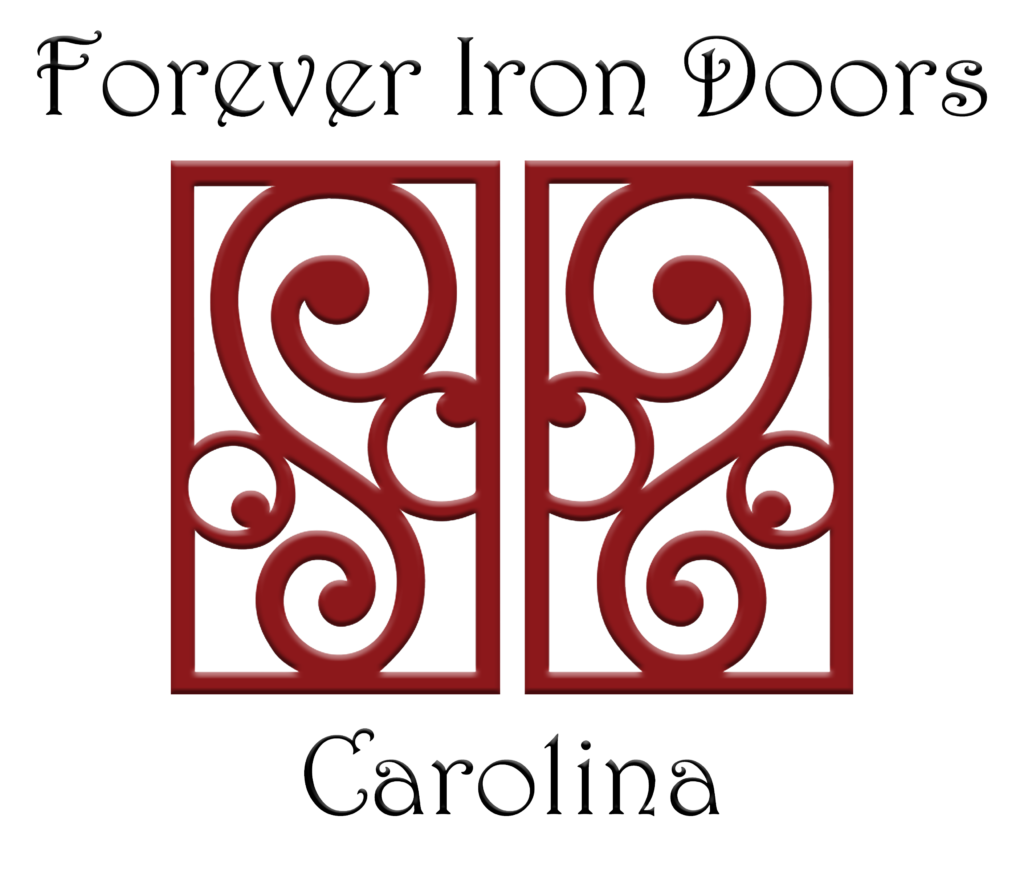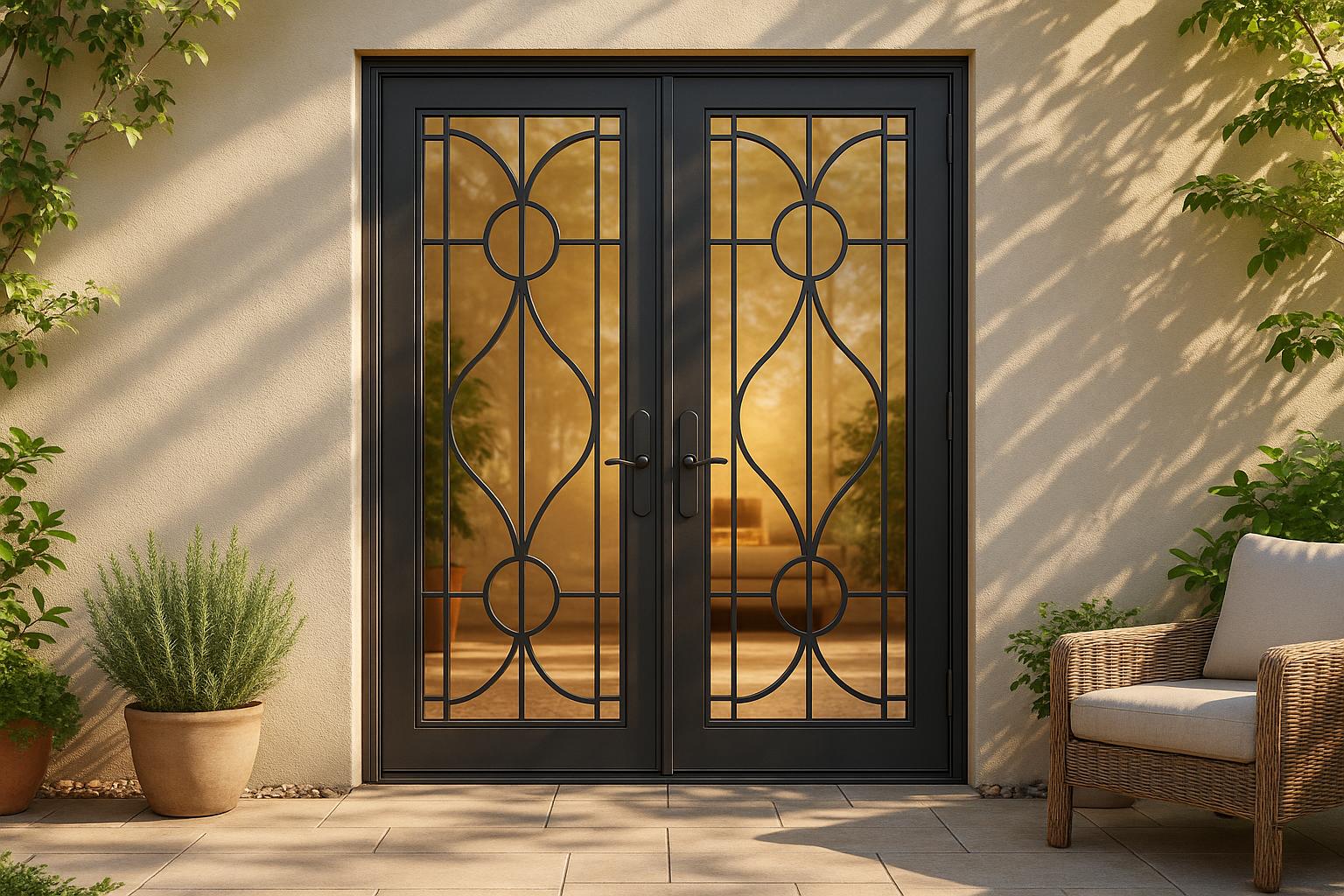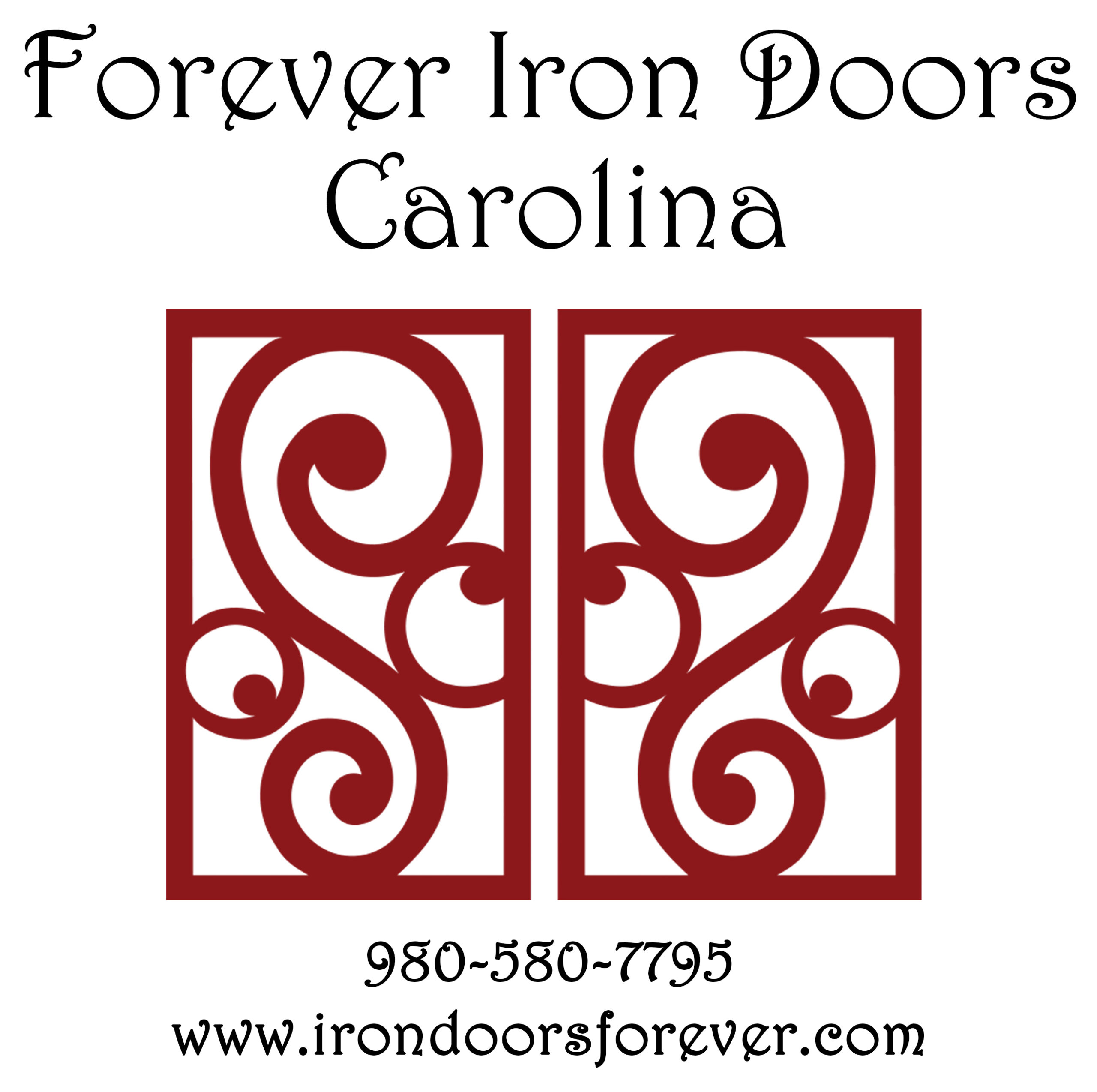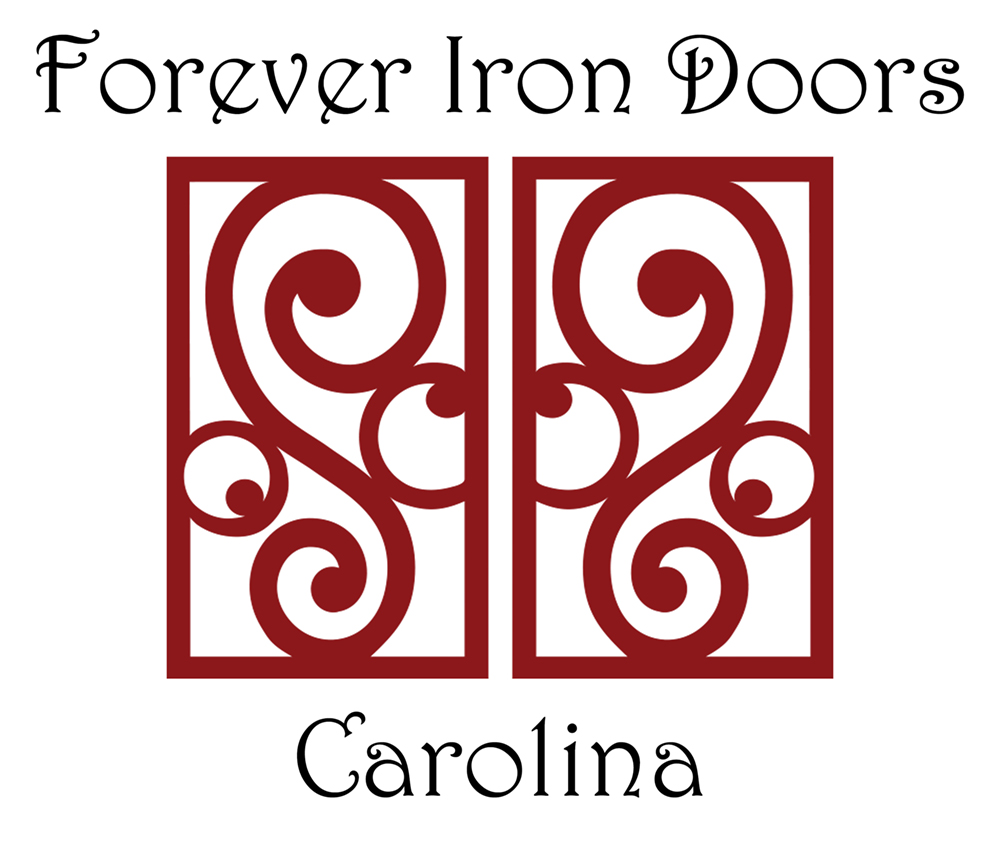Wrought iron patio doors combine durability and style with features that can help you reduce energy costs. These doors are designed to minimize heat transfer, prevent drafts, and manage solar heat gain effectively. Key components like thermal breaks, core insulation, high-performance glass, and proper weatherstripping work together to improve energy performance. Choosing double or triple-pane glass and ensuring professional installation further enhances their efficiency, keeping your home comfortable year-round while lowering utility bills. Look for doors with low U-factor and Solar Heat Gain Coefficient (SHGC) values for the best results.
Insulation Methods for Wrought Iron Patio Doors
Insulating wrought iron patio doors effectively can turn them into efficient barriers against heat loss or gain. This involves combining several targeted strategies to enhance both energy efficiency and comfort.
Core Insulation Materials for Heat Control
Using the right materials is key to improving the thermal performance of wrought iron doors:
- Polyurethane foam: This material expands to fill gaps in the door frame, creating a strong thermal barrier while also blocking moisture.
- Mineral wool insulation: Known for its fire resistance, mineral wool is a great option for higher-temperature scenarios. It also helps dampen sound, making it a dual-purpose solution.
- Cavity and perimeter insulation: Hollow spaces between the door’s surfaces can be filled with cavity insulation, while perimeter insulation seals the edges to eliminate drafts. Injection methods ensure complete and even coverage, reducing the risk of cold spots.
Thermal Breaks and Heat Flow Prevention
Thermal breaks take insulation a step further by interrupting heat transfer through the door’s structure. These non-conductive barriers, such as polyamide strips, are placed between the interior and exterior sections of the door frame. They minimize heat flow while maintaining the door’s strength.
Some designs incorporate aerogel-enhanced layers, which are highly effective at blocking heat transfer. Careful placement of these thermal breaks ensures the door remains structurally sound while significantly improving its insulation performance.
Weatherstripping for Air Leak Prevention
To prevent air leaks, weatherstripping is a critical component of door insulation. It creates a seal that keeps conditioned air inside and outdoor air out, helping to lower heating and cooling costs.
- EPDM rubber weatherstripping: Durable and reliable, this material performs well across a wide range of temperatures.
- Silicone weatherstripping: While it may cost more upfront, silicone offers excellent resistance to environmental wear and tear, staying flexible and effective over time.
- Compression seals: These seals work by applying pressure between the door and its frame when closed, effectively blocking air leaks. Proper matching of the compression force ensures a tight seal without making the door difficult to operate.
- Magnetic weatherstripping: This type provides extra holding power, ensuring a firm seal even in windy conditions.
Glass Types and Energy Performance Impact
When it comes to energy efficiency, the type of glass used in your doors can make a big difference. While the door frame provides structural support, the glass – being the largest surface area – plays a crucial role in controlling heating and cooling efficiency. Let’s break down how different types of glass can impact your home’s energy performance.
Double and Triple-Pane Glass Units
Double-pane glass units are made up of two sheets of glass separated by a spacer bar, with the gap filled with air or an inert gas like argon. This design creates a layer of insulation that helps to reduce heat transfer.
For instance, double-pane glass filled with argon gas can reflect up to 90% of energy, allowing only 10% to pass through. This means your HVAC system doesn’t have to work as hard, helping you maintain a comfortable indoor temperature more efficiently.
Triple-pane glass units, on the other hand, add a third pane of glass, creating two insulating chambers. These chambers are filled with gases like argon or krypton to further enhance thermal resistance. With this setup, triple-pane glass can reflect up to 97% of energy, leaving only 3% to pass through.
Triple-pane glass is particularly useful in colder climates or areas with stricter energy codes that demand higher performance standards. Beyond energy efficiency, the extra pane also provides better soundproofing and reduces the likelihood of interior condensation.
Both double and triple-pane insulated glass units (IGUs) are designed to act as thermal barriers. They help retain warmth during the winter and block outdoor heat during the summer, reducing indoor temperature swings and keeping energy bills in check.
sbb-itb-cd90297
Research-Based Tips for Maximum Energy Efficiency
Boosting the energy efficiency of wrought iron doors involves choosing the right features, ensuring proper installation, and understanding performance ratings. Below, we break down the key elements that contribute to energy efficiency.
Choosing Energy-Saving Door Features
To minimize heat transfer, focus on components that create an effective thermal barrier. Look for doors with thermal breaks to disrupt heat conduction, built-in core insulation to resist heat transfer, and high-quality weatherstripping to seal gaps effectively. Pair these features with high-performance glass to further reduce heating and cooling costs.
Why Professional Installation Matters
Even the best components won’t perform as intended without proper installation. Did you know that air leaks around exterior doors can cause 18–20% of a home’s heat loss? This makes professional installation essential, especially for heavy wrought iron doors. Skilled installers ensure a precise fit, using techniques like expanding foam insulation to fill voids and create airtight seals. These steps can significantly reduce heat loss. For homeowners in North and South Carolina, working with experienced professionals – such as the team at Forever Iron Doors Carolina – can help ensure your door is installed correctly for maximum energy efficiency.
Interpreting Energy Performance Ratings
Energy performance ratings, provided by the NFRC, are a reliable way to gauge a door’s efficiency. Key metrics include:
- U-factor: Measures how well the door prevents heat loss.
- Solar Heat Gain Coefficient (SHGC): Indicates how much heat the door allows in from sunlight.
- Air Leakage (AL): Reflects the amount of air that passes through cracks.
- Visible Transmittance (VT): Shows how much natural light the door lets in.
For the best energy efficiency, prioritize doors with low U-factor and SHGC values. Additionally, look for doors with the ENERGY STAR® label to ensure they meet stringent performance standards.
Conclusion: Wrought Iron Patio Doors and Energy Savings
Wrought iron patio doors can help improve energy efficiency when built with high-quality materials and installed correctly. Features like thermal breaks, core insulation, and proper weatherstripping work together to keep your home comfortable year-round.
Opting for double or triple-pane glass with Low-E coatings is a smart choice to minimize heat transfer while still letting in plenty of natural light. This type of glass can significantly cut down on heating and cooling costs over time, especially when paired with professional installation.
Expert installation is key to ensuring the door is sealed properly and performs as intended. Skilled installers make sure every detail is addressed to maximize energy savings.
When choosing a door, look for models that use effective insulation methods and carry certifications for energy performance, such as a low U-factor, a favorable Solar Heat Gain Coefficient (SHGC), or the ENERGY STAR® label. These ratings provide clear, reliable benchmarks to guide your decision.
FAQs
What makes triple-pane glass a better choice for wrought iron patio doors compared to double-pane glass?
Triple-pane glass is a great choice for wrought iron patio doors, offering much better energy efficiency compared to double-pane glass. The extra layer of glass, combined with insulating gas, minimizes heat transfer, boosts insulation, and improves thermal performance. This helps keep your home comfortable in every season.
The added insulation doesn’t just cut down on energy expenses by reducing heating and cooling needs – it also increases the durability and overall functionality of your patio doors. For those looking to maximize energy savings and indoor comfort, triple-pane glass is a worthwhile upgrade.
What role do thermal breaks play in improving the energy efficiency of wrought iron patio doors?
Thermal breaks play a key role in improving the energy efficiency of wrought iron patio doors. They act as a barrier between the metal components on the inside and outside of the door, helping to reduce the transfer of heat or cold. This means your indoor temperature stays more consistent, no matter what the weather is doing outside.
Made from non-conductive materials like polyamide, thermal breaks are designed to prevent heat from escaping during winter and block excessive heat from entering during summer. By cutting down on thermal transfer, these doors can help lower energy bills while making your home more comfortable and efficient.
Why is professional installation important for the energy efficiency of wrought iron patio doors?
Proper installation plays a crucial role in maximizing the energy efficiency of wrought iron patio doors. When these doors are fitted correctly, it eliminates gaps and misalignments that could lead to drafts, air leaks, or temperature fluctuations – all of which can drive up energy bills.
Experienced installers ensure that insulation and seals are applied with precision, helping the doors maintain consistent indoor temperatures. This attention to detail not only keeps your home more comfortable but can also lead to noticeable savings on heating and cooling costs over time. By opting for professional installation, you’re making sure your wrought iron patio doors deliver on both their visual appeal and functional performance.



